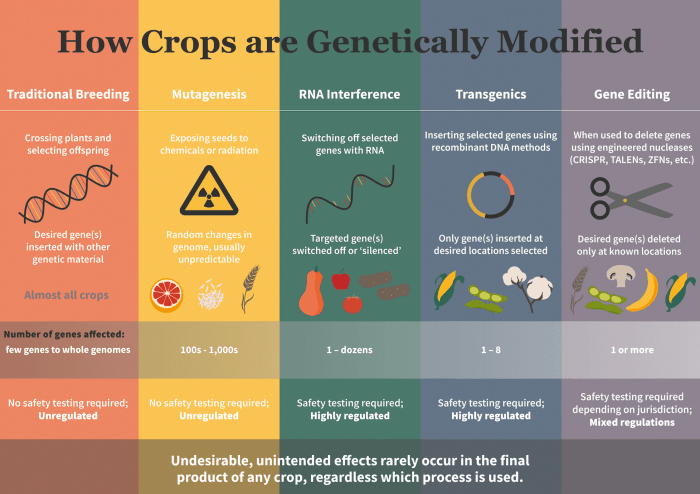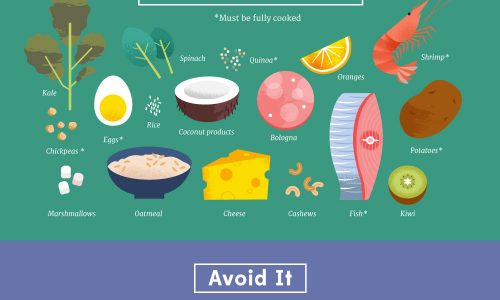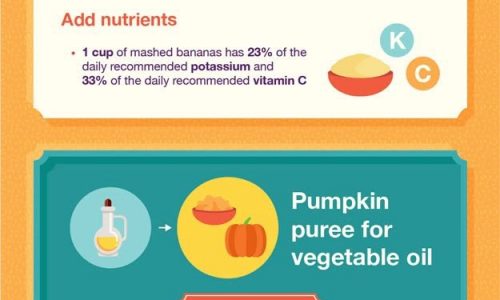
We often see articles and content about genetically modified crops. We may hear objections to the use of such, and horror stories of how they may affect nature–or worse still–human health. Yet, how many of us actually know exactly how crops are genetically modified?
Farmers have been modifying crops for thousands of years. They have done this by encouraging the cross-pollination of the plants that have the best attributes. Since naturally growing wild plants are typically not the best candidates for agriculture, the most successful farmers were those who could convert wild plants into plants that produced large amounts of food for the table. The outcome of these modifications is that current agricultural crops would not compete well in the wild, but they offer high crop yields.
However, biologically modifying crops limits farmers to only breeding naturally occurring characteristics. With genetic modifications, there are fewer limits. Scientists can take naturally occurring characteristics from one species and transfer them to another. All they have to do is identify the genes responsible.
As you can see from the accompanying infographic, there is a reasonably wide choice of methods for modifying crops. Some are regulated and others are not. However, the main aim of genetic modification is to improve food production. After all, we have to feed the fast-expanding global population. Higher food production relies on increased yields, improved resistance to pests and disease, and crops that can tolerate environmental stressors.
And all of this to keep hunger at bay.



